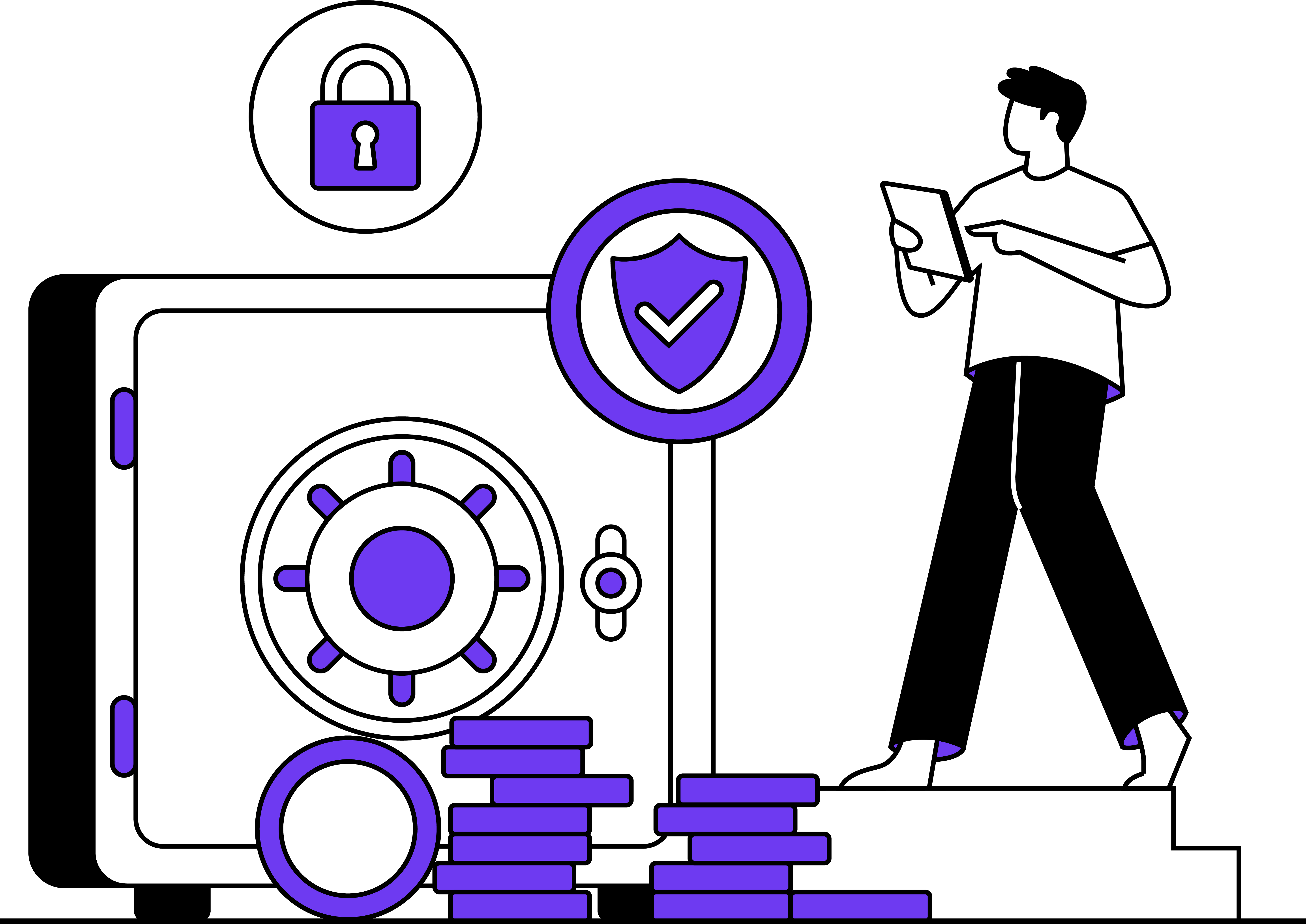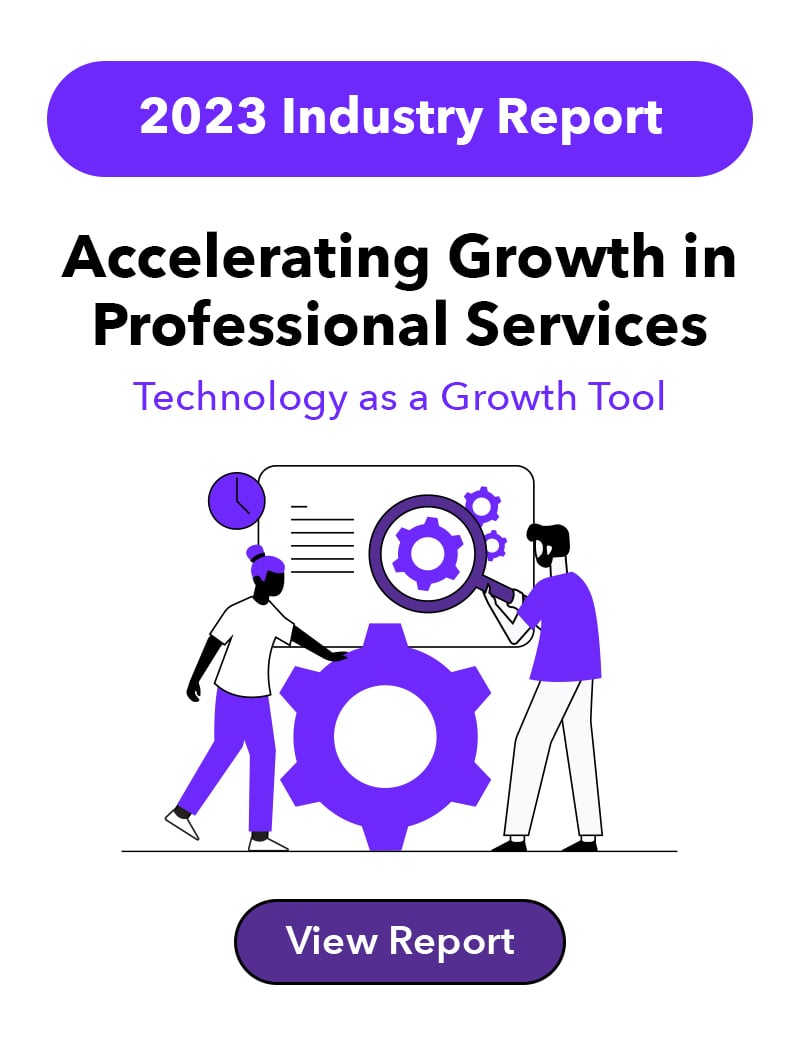So, one of your employees just left. They packed up their favorite pen, possibly a stapler … but how do you know if they packed up your company’s data as well? Data safety is a key consideration in employee turnover.
According to one study, 69% of organizations have suffered a loss of data or knowledge as a result of employee departure. When an employee leaves your company, they make take financial, confidential, customer information, product data, marketing, roadmaps and intellectual property. This loss can simply be a mistake or, worse case, intentional.
Resignations are on the rise – a historically high 4.4 million workers quit their jobs in April, and 1.18 million of those were in the professional services industry. Firms must act now to make sure their data stays put, even if their employees don’t.
How Data Breaches Can Damage Your Company
Data breaches happen far too often than they should. You only need to read the headlines to see the companies that have been breached, affecting millions of customers. According to Security Magazine, 2021 was a record-breaking year for breaches, exceeding 2020 breaches by 17%.
According to the AME Group, a data breach can cause:
- A loss of revenue
- Damage to your brand reputation
- Loss of intellectual property
- Hidden costs like legal fees and fines
- And online vandalism by hackers.
Protecting your data is paramount to doing good business.
How to Protect Your Data
First, data is king when it comes to making business decisions. Need to expand? Data tells you how fast your company is growing. Need to win more clients? Data provides the information needed to quickly create pitches and proposals.
Data and analytics initiatives also help high-performing firms transform their strategies. A survey by McKinsey found that 20% of respondents contribute their data and analytics to at least 20% of their earnings before interest and taxes (EBIT).
Because your data strategy is so important, steps must be taken to ensure it’s safe.
Conduct Thorough Exit Interviews
According to the Society of Human Resources Professionals (SHRM), organizations have the greatest chance of protecting their confidential information by implementing a standard set of practices when an employee leaves. Employers should:
- Monitor email traffic and computer access for unusual activity.
- Conduct exit interviews and inventory checks.
- Obtain a return-of-property certificate.
- Issue reminders of confidentiality obligations.
- Terminate access to computer assets and accounts as soon as the employee departs.
This offboarding process allows you to determine why an employee is leaving and if they’re going to a competitor. If an outgoing employee is unhappy or got recruited from a competing firm, it’s a good idea to get a snapshot of their account so you can ensure confidential information wasn’t taken.
Use Technology to Safeguard Data
Beyond HR solutions, there are several types of technology that can be used to protect your data. Firms may choose to use file sharing and collaboration, encryption, mobile device management, logging and reporting, content archiving and any other solution that minimizes the risks that outgoing employees will take data with them when they leave.
Another way to minimize the risk of employee data theft is to limit access to begin with. Software companies suggest asking yourself, “What do my employees have access to within the organization?” While employees do need access to data to do their jobs, they don’t need unrestricted access to your system. Controls should be in place that only gives access to the data they need.
Not only does limited access protect the company, but it makes your data better. Putting one person or team in charge of your data ensures it remains high-quality. There is a saying about having too many cooks in the kitchen. If everyone has access to inputting and changing data, mistakes and errors can happen, ultimately degrading your data.
How Pitchly Protects Your Data
Pitchly’s data management software allows firms to import, collect and stream high-quality data securely.
Our products work together to make sure your data is not only protected but also is quickly accessible for when your employees need it.
Plus, Pitchly has successfully completed its Service Organizations Controls 2 Type 2 (SOC 2 Type 2) examination, which recognizes the ongoing steps it takes to ensure the Pitchly data productivity suite is designed to keep its clients’ sensitive information safe and confidential. The SOC 2 Type 2 is a long-term audit of a company’s information security processes, conducted by a member of the American Institute of CPAs. Pitchly received a clean opinion on its SOC 2 Type 1 examination in August 2021.
Pitchly's platform securely brings all your data - from all sources - together into a single, unified database. It has unlimited connections to the systems you’re already using allowing you to unify and optimize your data streams.
With our brand new platform update, you can also create distinct workspaces, empowering your data admins to dictate which teams have access to which data. This functionality secures potentially confidential data, as well as creates a more streamlined experience for employees by showing them only the data they need.
Pitchly’s patented approach is a preferred tool for enterprises. As the only data enablement platform capable of streaming data live from your existing data sources, we offer the highest standard of data security and safety.
Request a demo to learn more.
 Jun 7, 2022
Jun 7, 2022

![Discover how Data Enablement boosts your data safety [eBook]](https://no-cache.hubspot.com/cta/default/4526306/5a98b92f-25c7-4918-8804-218cf4ae6f23.png)



